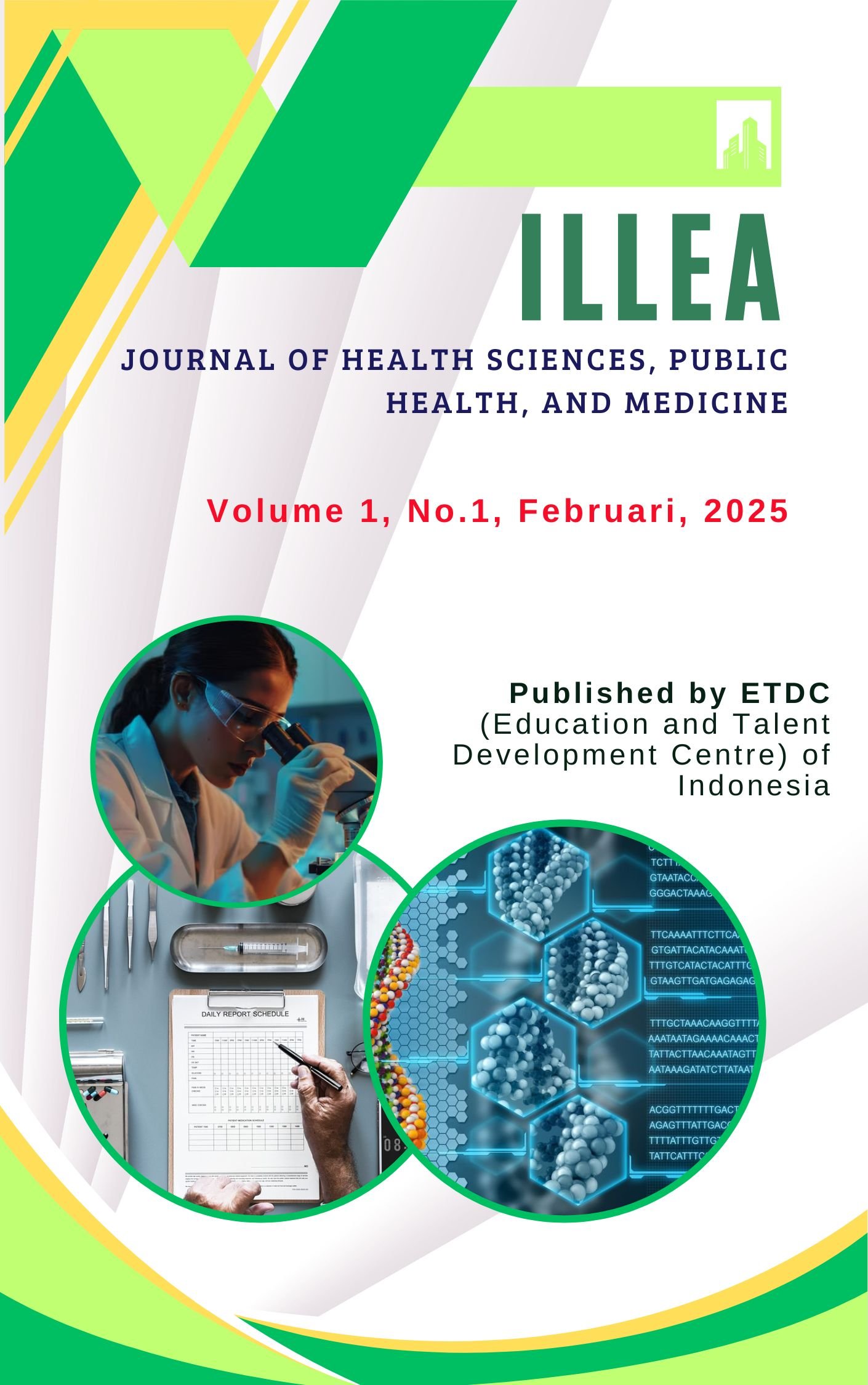Efek Berat Molekul dan Rasio Massa Terhadap Ukuran Nanokapsul Berbasis Kitosan-Alginat yang Mengandung Minyak Cengkeh
Keywords:
Keywords: Nanokapsul, Kitosan, Alginat, Minyak CengkehAbstract
Nanokapsul berbasis kitosan-alginat yang mengandung minyak cengkeh disintesis melalui emulsifikasi minyak cengkeh dalam larutan natrium alginat berair, diikuti dengan gelifikasi menggunakan kalsium klorida dan kitosan serta eliminasi pelarut. Optimalisasi proses dilakukan dengan menyesuaikan berat molekul kitosan, rasio massa kitosan terhadap alginat, serta urutan penambahan kalsium klorida dan kitosan dalam formulasi. Karakterisasi nanokapsul mencakup analisis ukuran partikel, potensi zeta, struktur morfologi, efisiensi enkapsulasi, kapasitas muatan minyak cengkeh, hasil produksi, serta stabilitas pada suhu 9 °C dan 40 °C. Hasil penelitian menunjukkan bahwa berat molekul serta konsentrasi kitosan mempengaruhi sifat nanokapsul yang terbentuk. Kitosan dengan berat molekul rendah diperlukan untuk memperoleh nanokapsul berukuran lebih kecil. Pada rasio tetap kitosan terhadap alginat sebesar 0,5:3, strategi penambahan kitosan setelah kalsium klorida terbukti lebih efektif dalam meningkatkan stabilitas fisik, efisiensi enkapsulasi minyak cengkeh, serta hasil sintesis nanokapsul, tanpa mengurangi kapasitas muatan minyak kunyit.
References
Amini, S. M. (2019). Gold nanoparticles for drug delivery systems. Materials Science and Engineering: C, 93, 392-400. https://doi.org/10.1016/j.msec.2018.08.061
Anandalakshmi, K., Venugobal, J., & Ramasamy, V. (2016). Characterization of silver nanoparticles by green synthesis method using Pedalium murex leaf extract and their antibacterial activity. Applied Nanoscience, 6(3), 399-408. https://doi.org/10.1007/s13204-015-0449-z
Basavegowda, N., & Idhayadhulla, A. (2020). Plant-mediated green synthesis of metal nanoparticles and their biological applications. New Journal of Chemistry, 44(16), 6801-6810. https://doi.org/10.1039/C9NJ06341C
Chen, X., & Schluesener, H. J. (2008). Nanosilver: A nanoproduct in medical application. Toxicology Letters, 176(1), 1-12. https://doi.org/10.1016/j.toxlet.2007.10.004
Dhand, C., Dwivedi, N., Loh, X. J., Ying, A. N. J., Verma, N. K., Beuerman, R. W., & Lakshminarayanan, R. (2015). Methods and strategies for the synthesis of diverse nanoparticles and their applications: A comprehensive overview. RSC Advances, 5(127), 105003-105037. https://doi.org/10.1039/C5RA19388E
El-Rafie, H. M., & Hamed, M. A. (2014). Antimicrobial activity of green synthesized silver nanoparticles using polysaccharides. Carbohydrate Polymers, 113, 86-93. https://doi.org/10.1016/j.carbpol.2014.06.077
Ghorbani, H. R. (2019). Biosynthesis of nanoparticles: Green synthesis of silver nanoparticles using extracts of wild plants. Applied Biochemistry and Biotechnology, 187(1), 56-79. https://doi.org/10.1007/s12010-018-2830-z
Gopinath, V., Priyadarshini, S., Loke, M. F., Arunkumar, R., Marsili, E., MubarakAli, D., & Alharbi, N. S. (2020). Biogenic synthesis, characterization of antibacterial silver nanoparticles and evaluation of its toxicity in zebra fish embryos. Microbial Pathogenesis, 139, 103916. https://doi.org/10.1016/j.micpath.2019.103916
Gurunathan, S., Han, J. W., Kwon, D. N., & Kim, J. H. (2014). Enhanced antibacterial and anti-biofilm activities of silver nanoparticles against Gram-negative and Gram-positive bacteria. Nanoscale Research Letters, 9, 373. https://doi.org/10.1186/1556-276X-9-373
Hussein, M. Z., Zainal, Z., Yahaya, A. H., & Foo, D. W. (2005). Controlled release of a plant growth regulator, α-naphthaleneacetate, from the lamellar nanocomposite zinc-aluminium-layered double hydroxide. Journal of Controlled Release, 107(2), 299-308. https://doi.org/10.1016/j.jconrel.2005.06.016
Iravani, S. (2011). Green synthesis of metal nanoparticles using plants. Green Chemistry, 13(10), 2638-2650. https://doi.org/10.1039/C1GC15386B
Jain, D., Daima, H. K., Kachhwaha, S., & Kothari, S. L. (2009). Synthesis of plant-mediated silver nanoparticles using papaya fruit extract and evaluation of their antimicrobial activities. Digest Journal of Nanomaterials and Biostructures, 4(3), 557-563.
Jo, Y. K., Kim, B. H., & Jung, G. (2009). Antifungal activity of silver ions and nanoparticles on phytopathogenic fungi. Plant Disease, 93(10), 1037-1043. https://doi.org/10.1094/PDIS-93-10-1037
Kharissova, O. V., Dias, H. V. R., Kharisov, B. I., Pérez, B. O., & Pérez, V. M. (2013). The greener synthesis of nanoparticles. Trends in Biotechnology, 31(4), 240-248. https://doi.org/10.1016/j.tibtech.2013.01.003
Kim, J. S., Kuk, E., Yu, K. N., Kim, J. H., Park, S. J., Lee, H. J., ... & Cho, M. H. (2007). Antimicrobial effects of silver nanoparticles. Nanomedicine: Nanotechnology, Biology and Medicine, 3(1), 95-101. https://doi.org/10.1016/j.nano.2006.12.001
Logeswari, P., Silambarasan, S., & Abraham, J. (2013). Synthesis of silver nanoparticles using plants extract and analysis of their antimicrobial property. Journal of Saudi Chemical Society, 17(2), 203-208. https://doi.org/10.1016/j.jscs.2012.04.007
Mahapatra, O., Bhagat, M., & Gopalakrishnan, C. (2008). Green synthesis of silver nanoparticles using Ocimum sanctum (Tulsi) leaf extract and screening its antimicrobial activity. Materials Letters, 62(29), 4247-4250. https://doi.org/10.1016/j.matlet.2008.06.051
Rai, M., Yadav, A., & Gade, A. (2009). Silver nanoparticles as a new generation of antimicrobials. Biotechnology Advances, 27(1), 76-83. https://doi.org/10.1016/j.biotechadv.2008.09.002
Singh, M., Kalaivani, R., Manikandan, S., & Kumaraguru, A. K. (2013). Facile green synthesis of silver nanoparticles using aqueous extract of Turbinaria ornata and its antibacterial activity. Spectrochimica Acta Part A: Molecular and Biomolecular Spectroscopy, 106, 182-189. https://doi.org/10.1016/j.saa.2012.12.084
Sun, Q., Cai, X., Li, J., Zheng, M., Chen, Z., Yu, X., & Zhang, Y. (2014). Green synthesis of silver nanoparticles using tea leaf extract and evaluation of their stability and antibacterial activity. Colloids and Surfaces A: Physicochemical and Engineering Aspects, 444, 226-231. https://doi.org/10.1016/j.colsurfa.2013.12.036



